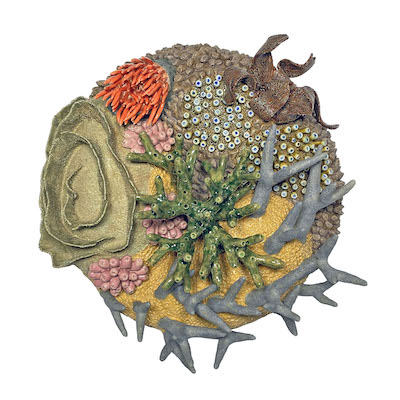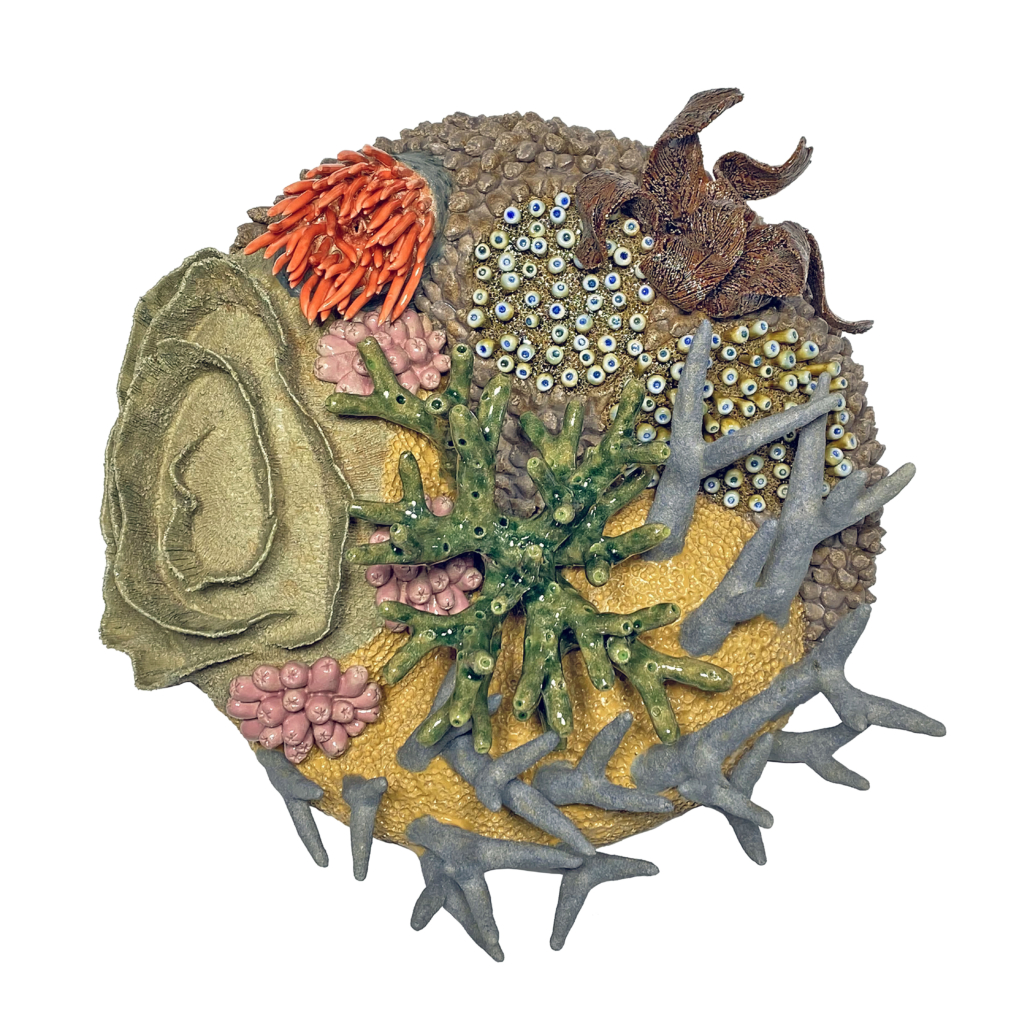
PALOS VERDES, Calif. – The Palos Verdes Art Center / Beverly G. Alpay Center for Arts Education is currently showing Water, Earth & Fire, an exhibition celebrating ceramics as a powerful creative force and expressive mode of communication. It will run through April 16.
Guest curator Jo Lauria continues PVAC’s 90-year tradition of presenting significant contemporary art by assembling innovative works by leading Southern California artists that address the theme of water in its many manifestations and mythologies. In an additional gallery, PVAC honors the legacy of a ceramics studio it established in the late 1960s by showcasing the talented artists associated with the program, former and current instructors and workshop leaders, many achieving international acclaim.
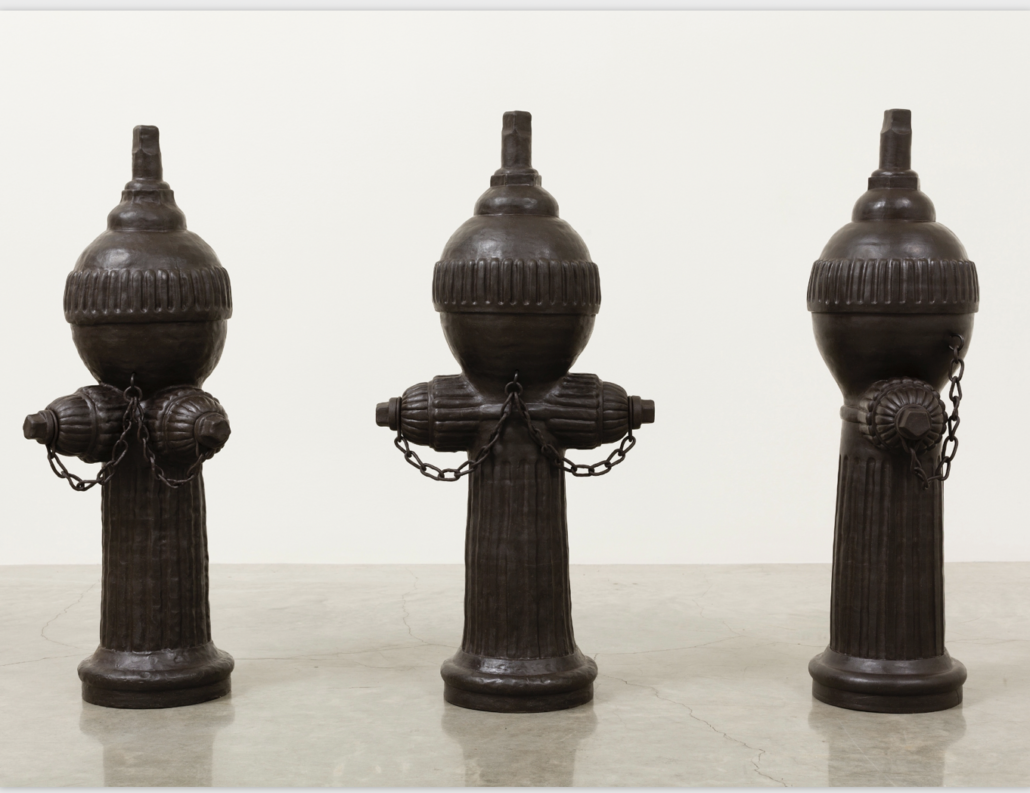
Jo Lauria is a Los Angeles-based curator, author, and educator who received her curatorial training at the Los Angeles County Museum of Art (LACMA). She is a specialist in the fields of craft, design and decorative arts. She has organized many museum-based surveys and national touring exhibitions and has authored several major publications in her field.
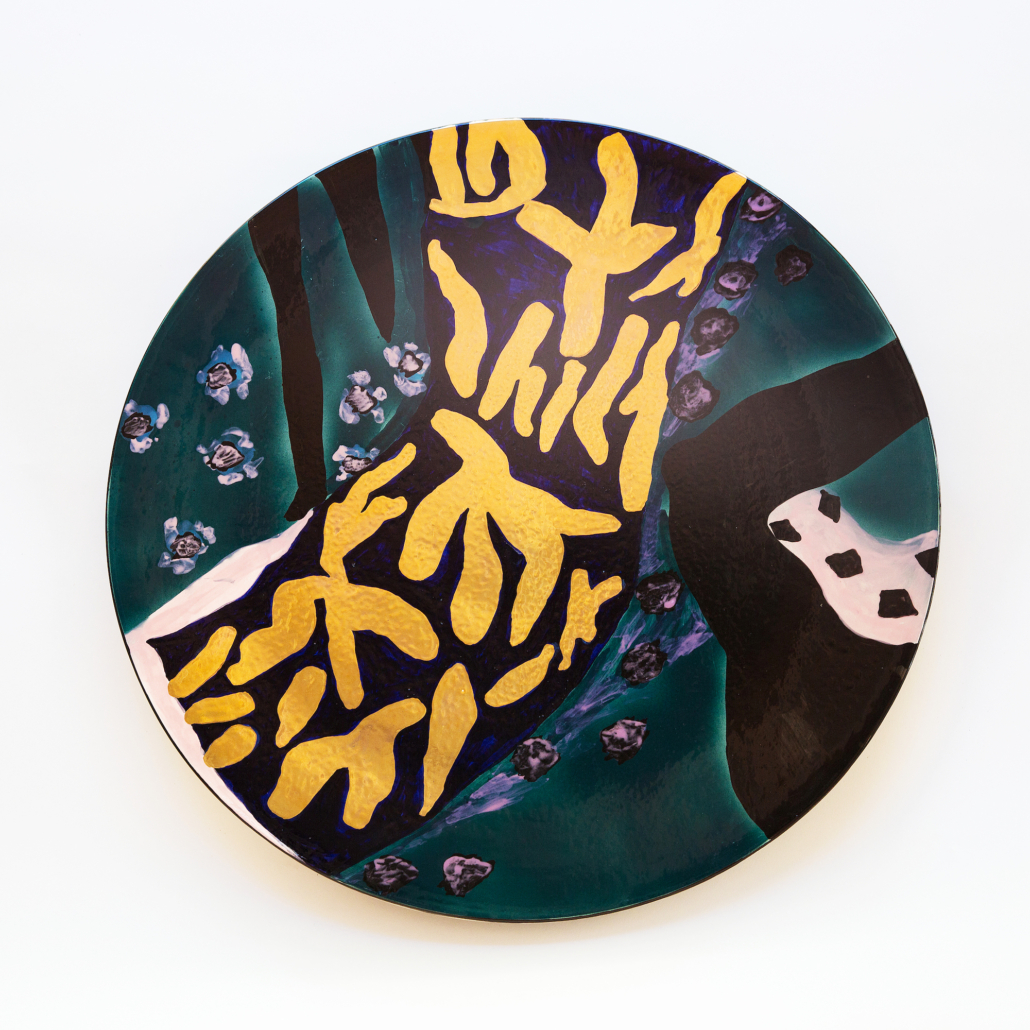
“Palos Verdes Art Center presents Water, Earth & Fire, an exhibition celebrating ceramics as a powerful creative force and an expressive mode of communication. The show is organized in two thematic sections. The theme presented in the Norris Gallery is the history of the outstanding and progressive instruction of the PVAC ceramics programs. Established in the late 1960s, the chronology of the ceramics studio is long and rich. This legacy is chronicled through works created by the many talented artists associated with the program, primarily former and current instructors and workshop leaders. Many affiliated with the ceramics studio have achieved international acclaim, including Rosaline Delisle, Vivika and Otto Heino, Yoshiro Ikeda, Adrian Saxe, Peter Shire and Anna Silver. In this survey of more than seventy pieces, a broad range of forming methods, surface designs and ideations are highlighted, demonstrating the material intelligence and mastery of technique of those who have generously mentored others through teaching and guidance.
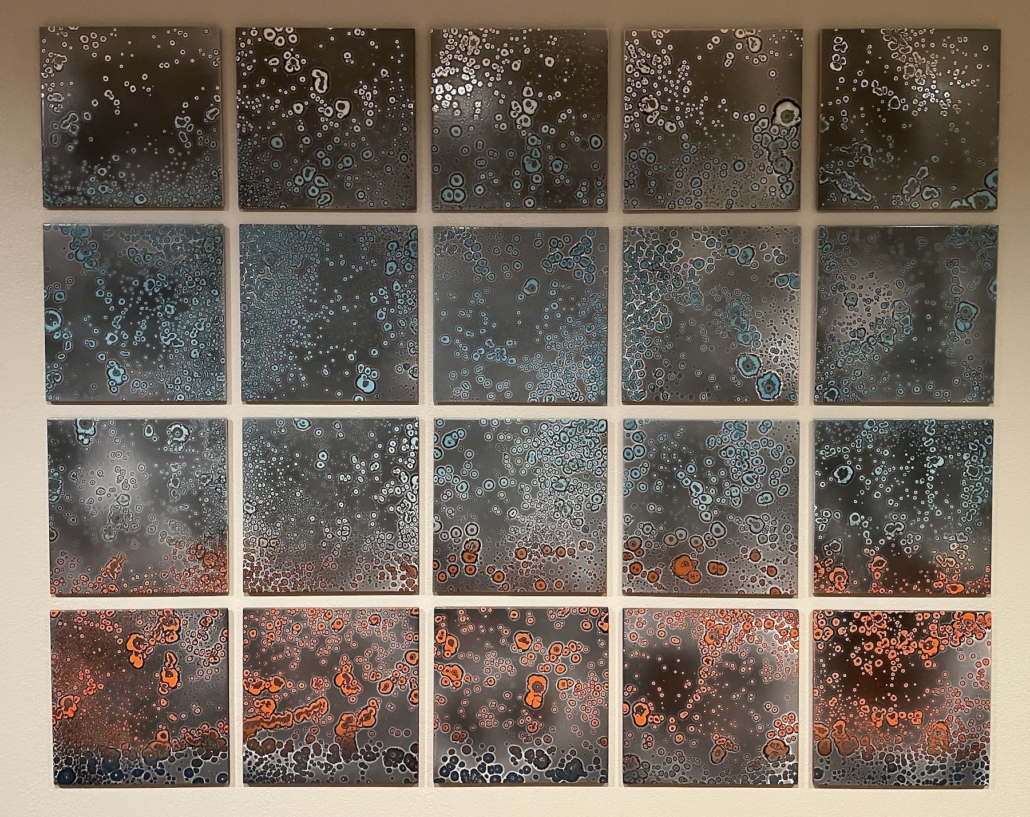
The Main and Walker Galleries feature invited artists whose innovative work addresses the theme of water in its many manifestations and mythologies. Water is the source of all life: it is an integral substance of the human embryo during development and acts as protective cushioning during gestation. In all living organisms, water is necessary to perform cellular respiration. Without water, suffocation or desiccation ensues, causing death. Water symbolism can be found in almost all cultures, spanning time and geographies. Water is sacred, purifying, and curative in the narratives of religion; oceans, seas, rivers and rain are the ubiquitous subjects of literature and poetry; and water deities, mermaids, naiads and water-spirits abound in mythological tales. And more recently, water has assumed the predictive role of dissolution. Climate change raises water temperatures, and debris and chemicals pollute water sources resulting in the disruption and possible destruction of marine ecosystems, forecasting dire consequences for life on earth. Artists convey these concepts through myriad pathways of storytelling. The ceramic objects on display become the means of expression through which these narratives – personal, political and universal – are communicated.” – Jo Lauria, Guest Curator
Visit the website of the Palos Verdes Art Center / Beverly G. Alpay Center for Arts Education and see its dedicated page for Water, Earth & Fire.


